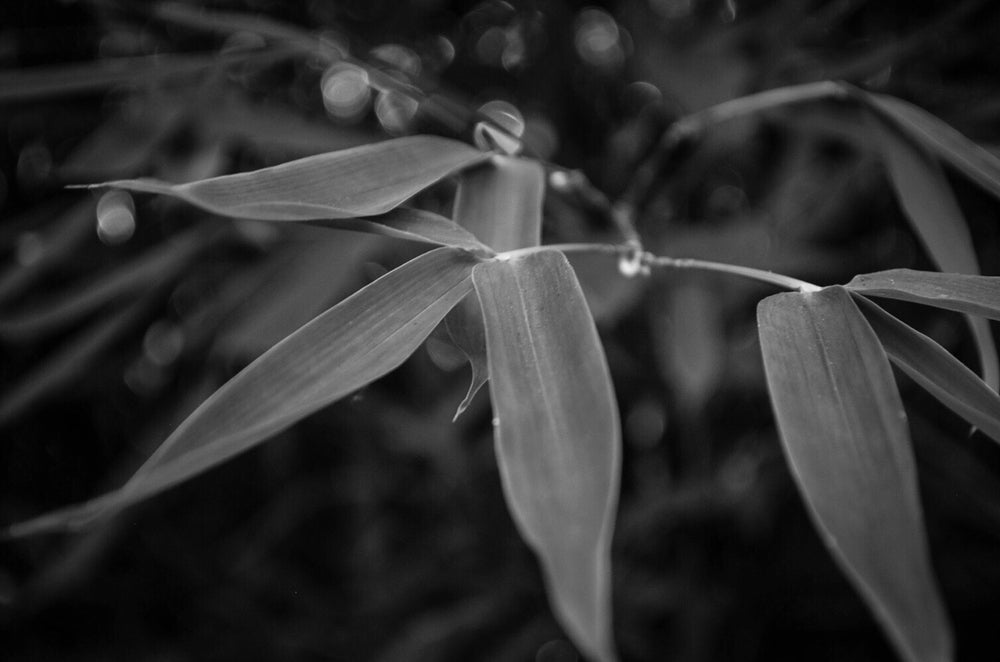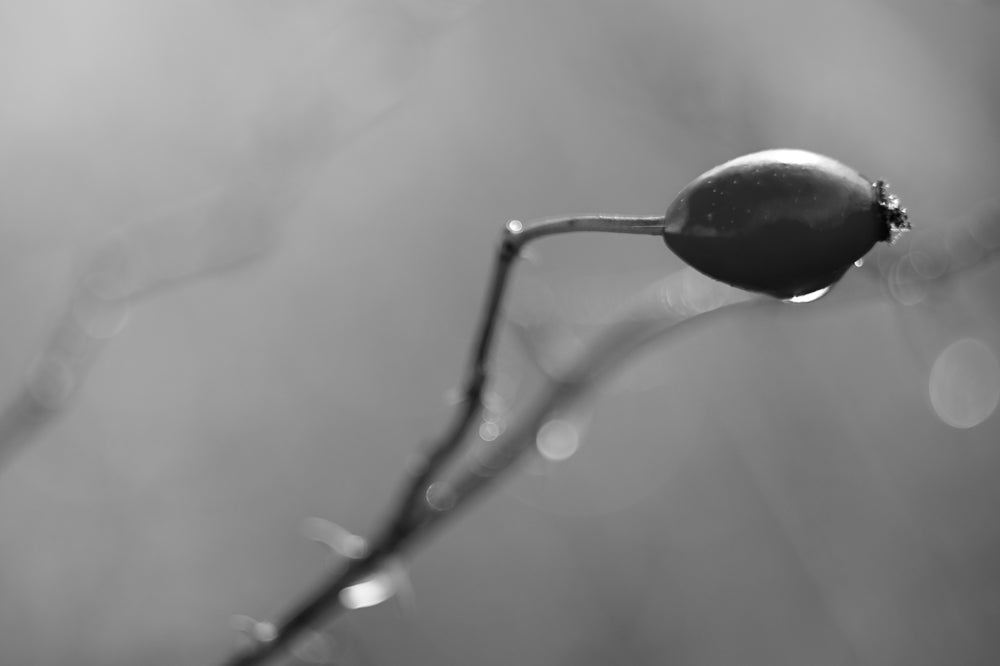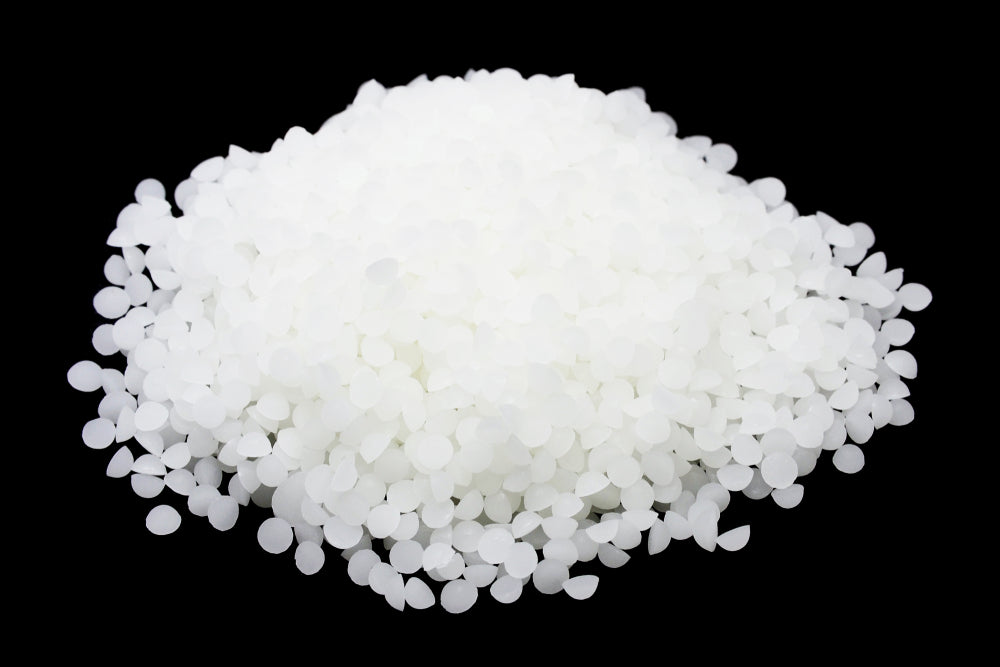
medicinal plants for wound healing and scars

the bottom line
The use of medicinal plants for wound healing and scar treatment dates to ancient times when specific botanicals were included in traditional medical texts. Since then, the basis for use of many of those original plants have been studied scientifically and verified. Open wounds and scars represent a significant challenge for the physician and frequently adversely affect the quality of life of the patient. With the increasing incorporation of these potent botanicals into topical treatments, gentler and more effective regimens can be created for the treatment of acute and chronic wounds and scars. Read on to learn more about how traditional remedies are playing a role in new therapies.
first layer: the (ancient) history
A variety of active botanicals have been used for centuries for the treatment of acute and chronic wounds, as well as for their subsequent scars. Ancient Chinese medical textbooks including Shen Nong’s Herbal Classic (Han Dynasty, BC 225), Li Shizhen’s Compendium of Materia Medica (Ming Dynasty, 1578 AD), and the Tang Materia Medica (Tang Dynasty, 659 AD) record the use of botanicals for the treatment of wounds. Similarly, classic Ayurvedic texts explore wound healing under the heading “Vranaropaka” in the texts Charaka Samhita (BC 5000), Sushruta Samhita (BC 1000), and Bhavaprakash Nighantu (1500 AD). While traditional use of plants was based on anecdotal evidence, more recent in vitro (in the laboratory) and in vivo (in people) studies have confirmed the utility of many of these natural remedies.
second layer: the science of wound healing and scar formation
When skin is injured, either inadvertently or intentionally via a surgical procedure, a complex cascade of events is triggered with the end goal of repairing the damaged tissues. Wound healing is divided into four distinct phases: hemostasis, inflammation, proliferation, and remodeling. The prolongation or failure of any of these phases may result in a delay of wound healing.
- hemostasis: hemostasis* occurs immediately following an injury and is associated with formation of a blood clot that serves as a scaffold for cell migration.
- inflammation: during the inflammation* phase, neutrophils* and macrophages* migrate to the wound site in response to cytokines and growth factors*, releasing additional growth factors that will attract fibroblasts.
- proliferation: the proliferation phase is characterized by epithelialization*, angiogenesis*, the formation of granulation tissue*, and type III collagen* deposition. Keratinocytes* restore barrier function* to the skin and secrete additional growth factors that stimulate the expression of new keratin proteins.
- remodeling: the extracellular matrix* is reorganized, scar tissue is formed, and the wound becomes stronger. Type III collagen is gradually replaced by stronger Type I collagen. Cell density increases, and skin tissue is strengthened. This phase may last several months.
While scar formation is normal and expected following an injury, excessive scar formation can be unattractive and painful. Hypertrophic scars occur when excess scar tissue is deposited within the borders of the initial injury. A keloid is formed when excessive scar tissue extends beyond the confines of the primary injury or incision. Keloids may be thickened, painful, and itchy.
third layer: the botanicals
The fatty acids of vegetable oils and butters are believed to play a primary role in wound healing in several ways. First, by acting as effective emollients, plant oils and butters help to maintain skin moisture and strengthen the lipid barrier function of injured skin. Transepidermal water loss is also decreased with application of these oils to the skin. A second effect is antimicrobial action. Medium-chain saturated fatty acids from plant oils and butters have been shown to have antimicrobial activity which is beneficial for wound healing. Third, fatty acids possess antioxidant activity. Infected, inflamed, and wounded tissues produce reactive oxygen species (ROS), which is a normal part of the healing process. However, elevated levels of ROS can lead to damage to lipids, proteins, and DNA with additional tissue damage. The antioxidative action of fatty acids can prevent cell damage, promote DNA synthesis, increase vascularity, and increase the strength of collagen fibers. It should be noted that the fatty acid oleic acid increases skin permeability, while linoleic acid maintains the skin’s integrity, and therefore the ratio of oleic to linoleic acid is believed to be critical to the effect of an oil or butter on lipid barrier repair. Some of the most studied botanicals in wound healing are presented here:
argan: argan oil is rich in oleic (45%), linoleic (35%), and palmitic (14%) fatty acids. Argan oil has been shown to be effective in the treatment of burn wounds with an increased number of growth factors and greater rates of wound contraction.
arnica: arnica is treasured by plastic surgeons worldwide for its ability speed to resolution of bruising and swelling following surgery. Although there is relatively little scientific data to support its use, it is a regular part of the post-operative regimen for thousands of surgeons worldwide.
gotu kola: gotu kola, also known as Centella asiatica, is believed to contain active ingredients which stimulate the production of human collagen. It has been shown to be effective in the treatment of burns, wounds, ulcers, and the prevention of scars, and is an anti-inflammatory agent.
mango: mango butter derived from the seed of the fruit is notable for a relatively high concentration of oleic acids (42%) which make it a valuable emollient* ingredient. In one study on wound repair, the use of mango butter was associated with faster wound closure and decreased scar formation.
olive: olive oil is thought to affect the early stage of wound healing, specifically inflammation. A study evaluating the effect of olive oil on full-thickness burn wounds showed that the wounds contracted faster and had a lower rate of infection with the use of topical olive oil as compared to the current gold standard for burn care, silver sulfadiazine (SSD). When olive oil was combined with sea buckthorn seed oil, the effects were synergistic, with decreased rates of infection, more developed re-epithelialization, and mature granulation tissue.
rosehip: a study on the treatment of skin ulcers and post-surgical wounds showed improved healing when treated with a 26% concentration of Rosa mosqueta oil. Another study evaluated the use of rosehip oil for scars and found that treated patients showed statistically less redness at 6 and 12 weeks, and less discoloration and atrophy at 12 weeks. This suggests utility in the use of rosehip seed oil for the treatment of scars when used early in the healing process.
sea buckthorn: sea buckthorn seed oil improves wound healing by increasing wound contraction, increasing the level of Type III collagen, and boosting levels of growth factors. One study which evaluated the effect of sea buckthorn seed oil on full-thickness burn wounds found that the rate of wound contraction was faster in wounds treated with sea buckthorn oil. As noted above, when olive oil was combined with sea buckthorn seed oil, the effects were synergistic, with decreased rates of infection, more developed re-epithelialization, and mature granulation tissue.
sunflower: sunflower seed oil has also been studied in wound healing. With the dermal application of sunflower oil with 65% linoleic acid in one study, wound contraction was significantly higher and granulation tissue increased faster.
fourth layer: how we do it
Now available, our rosehip replenishing balm. Created especially for Dr. Naidu’s surgical patients who required a gentle and effective treatment for their post-surgical incisions, this is a soothing balm for the face and body which includes olive oil, arnica, sunflower seed oil, mango butter, argan oil, gotu kola, sea buckthorn seed oil, and rosehip seed oil to help protect, soothe, and nourish the skin following injury or surgery. It's a beauty balm for targeted renewal.
All this and more at www.anokhaskincare.com .
xx
anokha
references:
- Ning S, Zang J, Zhang B, Qiu F. Botanical drugs in traditional Chinese medicine with wound healing properties. Front Pharmacol 2022; 13: art. 885484.
- Kumar B, Vijayakumar M, Govindarajan R, Pushpangadan P. Ethnopharmacological approaches to wound healing – exploring medicinal plants of India. J Ethnopharmacol 2007; 114: 103-113.
- Cosmeceuticals. 2005. Zoe Diana Draelos, ed. Philadelphia: Elsevier Saunders. 1st edition.
- Valeron-Almazan P, Gomez-Duaso AJ, Santana-Molina N, Garcia-Bello MA, Carretero G. Evolution of post-surgical scars treated with pure rosehip seed oil. J Cosmet Derm Sci App 2015; 5: 161-167.
- Edraki M, Akbarzadeh A, Hosseinzadeh M, et al. Healing effect of sea buckthorn, olive oil, and their mixture on full-thickness burn wounds. Adv Skin Wound Care 2014; 27: 317-323.
- Mandawgade SD, Patravale VB. Formulation and evaluation of exotic fat-based cosmeceuticals for skin repair. Ind J Pharm Sci 2008; 70(4): 539-542.
- Poljsak N, Kreft S, Glavac NK. Vegetable butters and oils in skin wound healing: scientific evidence for new opportunities in dermatology. Phytother Res 2020; 34: 254-269.
- Upadhyay NK, Kumar R, Mandotra SK, et al. Safety and healing efficacy of sea buckthorn (Hippophae rhamnoides L) seed oi on burn wounds in rats. Food Chem Toxicol 2009; 47(6): 1146-1153.
- Upadhyay NK, Kumar R, Siddiqui MS, Gupta A. Mechanism of wound-healing activity of Hippophae rhamnoides L leaf extract in experimental burns. Evid Comp Altern Med 2011; 1-9.
- Marques SR, Peixoto CA, Messias JB, et al. The effects of topical application of sunflower-seed oil on open wound healing in lambs. Acta Cirurgica Brasileira 2004; 19(3): 196-209.
definitions:
angiogenesis: the growth of new blood vessels
barrier function: the skin barrier protects against external agents including mechanical and chemical insults, heat, pathogens, water, and radiation.
collagen: a fibrous protein that forms part of the dermal matrix, connective tissue, cartilage, and bone
cytokine: a substance secreted by cells of the immune system, which in turn affects other cells
emollient: a substance that softens or soothes the skin
endothelial cells: endothelial cells form the inner lining of the blood vessel and provide a barrier between the wall of the vessel and blood. they also play a role in metabolism and synthesis of other substances.
epithelialization: the process of covering open wounds with migration of cells to the open surface
extracellular matrix (ECM): a three-dimensional network of macromolecules and minerals outside of the cells, including collagen, enzymes, proteins, and hydroxyapatite. the ECM provides structural and biochemical support to surrounding cells.
fibroblast: a fibroblast is a cell that contributes to the formation of connective tissue within the body. fibroblasts secrete collagen proteins which help to maintain the structural framework of the tissues.
granulation tissue: new connective tissue and blood vessels that form on the surface of a wound during the healing process
growth factors: growth factors are naturally occurring substances which stimulate cell proliferation, wound healing, and cellular differentiation.
hemostasis: the mechanism that leads to the cessation of bleeding from a vessel
hypertrophic scar: a thickened, raised scar which remains within the borders of the initial wound
inflammation: a reaction in the body as a result of internal or external irritation. it's characterized by redness of the skin, swelling, warmth, and pain. the first stage in wound healing.
keloid: a keloid is formed when excessive scar tissue extends beyond the confines of the primary injury or incision. they may be thickened, painful, and itchy.
keratinocytes: the primary cells of the epidermis, which constitute 90% of epidermal skin cells. keratinocytes form a barrier against environmental damage and are shed every 45-60 days.
macrophage: a macrophage is a type of white blood cell that surrounds and kills microorganisms, removes dead cells, and stimulates the action of other cells in the immune system.
neutrophil: a type of white blood cell which helps the body to fight infection
for more beauty definitions, explore the glossary.
faq's:
what plant helps with scars?
some plants that help with scars include sunflower, rosehip, and sea buckthorn.
what natural ingredients heal scars?
scars gradually fade with time and do not “heal” as this term is used to describe the wound itself, not the scar. some natural ingredients which are useful for wound healing include gotu kola, olive oil, sea buckthorn, and mango.
how do you break down scar tissue?
scar tissue is gradually broken down by the body during the remodeling phase of wound healing. to help soften scar tissue, massage with a scar balm or cream can be helpful.
which plant has antibiotic and wound healing properties?
olive oil and sea buckthorn have been associated with lower levels of infection and improved wound healing, especially when used together.
what plant has been shown to aid in healing of burns wounds?
rosehip seed oil has some documented use in the care of burn wounds. it has been shown to help decrease scarring.



leave us a comment
This site is protected by reCAPTCHA and the Google Privacy Policy and Terms of Service apply.